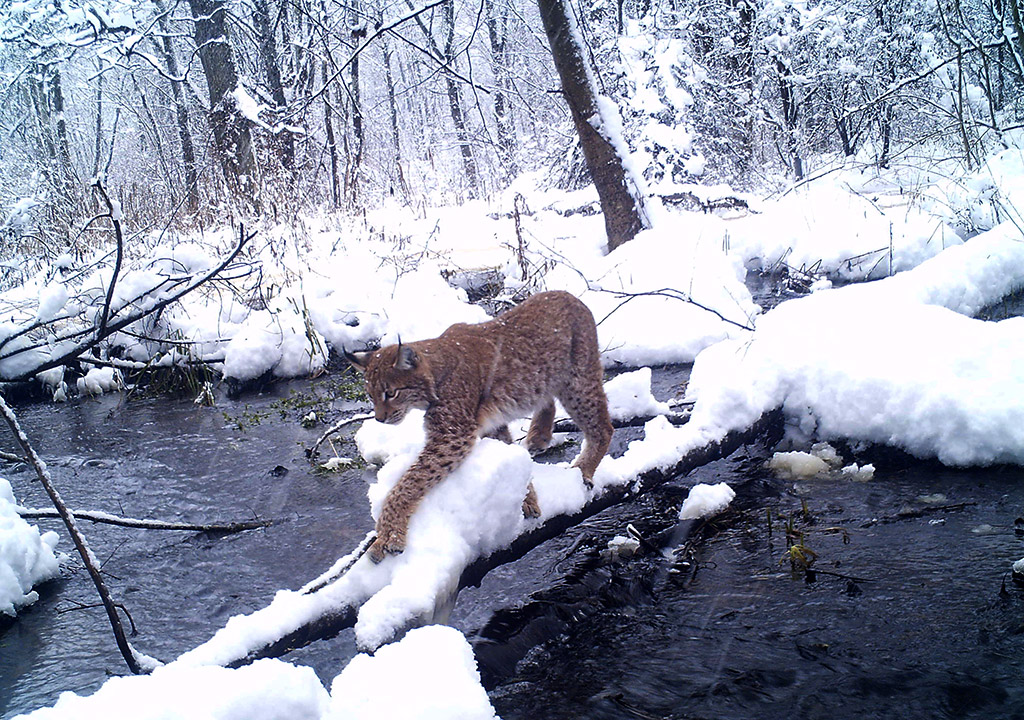Wildlife in the Chernobyl Exclusion Zone: Bears, Wolves and Rare Horses Roam the Forests
Camera traps set up in the Chernobyl Exclusion Zone have photographed many species of wildlife roaming the forests.





The cameras are part of a five-year project to monitor wildlife in the 30km exclusion zone around the former nuclear power plant, which covers an area of approximately 2,600 km<sup>2.
Project leader Mike Wood told the broadcaster: "Our Ukrainian colleague, Sergey Gashchak, had several of his camera traps running in one of our central areas over the past few months in order to start to get a feel for what (wildlife) was there."





Almost 30 years after the nuclear disaster, the woods are teeming with birds and large mammals, including brown bears.
Bears had not been seen in this area for more than a century, so researchers were surprised to find the first images of bears when they checked their cameras.


Many species of animals flourish in the (officially) human-free environment. A herd of Przewalski's horses, an endangered subspecies of wild horse once considered extinct in the wild, grew to around 200 members – until poachers reduced their number to about 60.
In addition to the wild animals, the camera traps also spotted domestic dogs, now presumed feral.



The Chernobyl disaster of 1986 led to lethal levels of radiation. The project, which aims to estimate the risk of radiation exposure to humans and wildlife., will run until the end of next year, after which researchers will select one species to target to be part of a trapping and collaring campaign.
"We will be fitting collars with GPS to these animals, and also dose-measurement technology so that we are then able to track movement over the course of a year through the exclusion zone and get a real measurement of the exact radiation exposure that these animals get," said Wood.




© Copyright IBTimes 2025. All rights reserved.






















